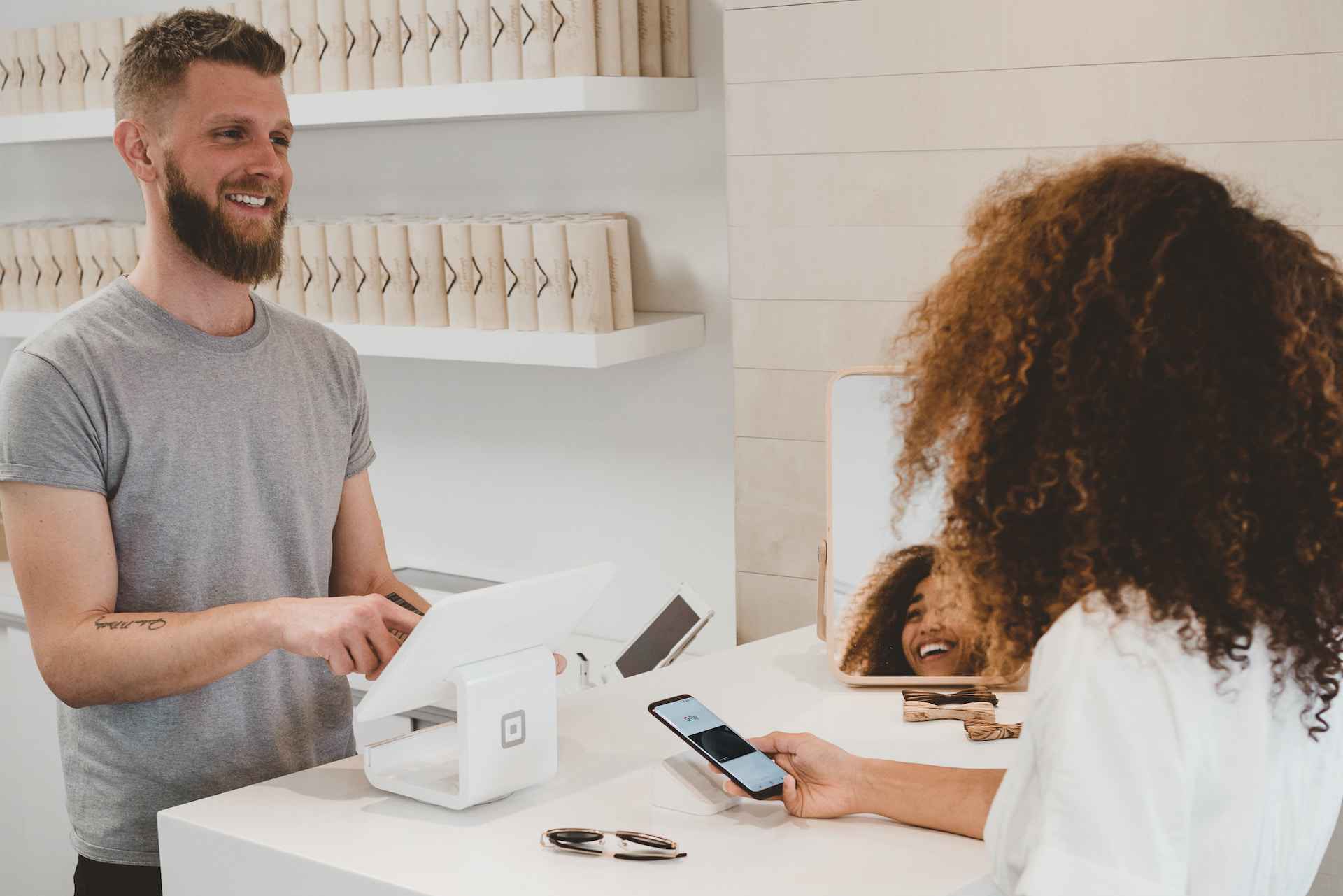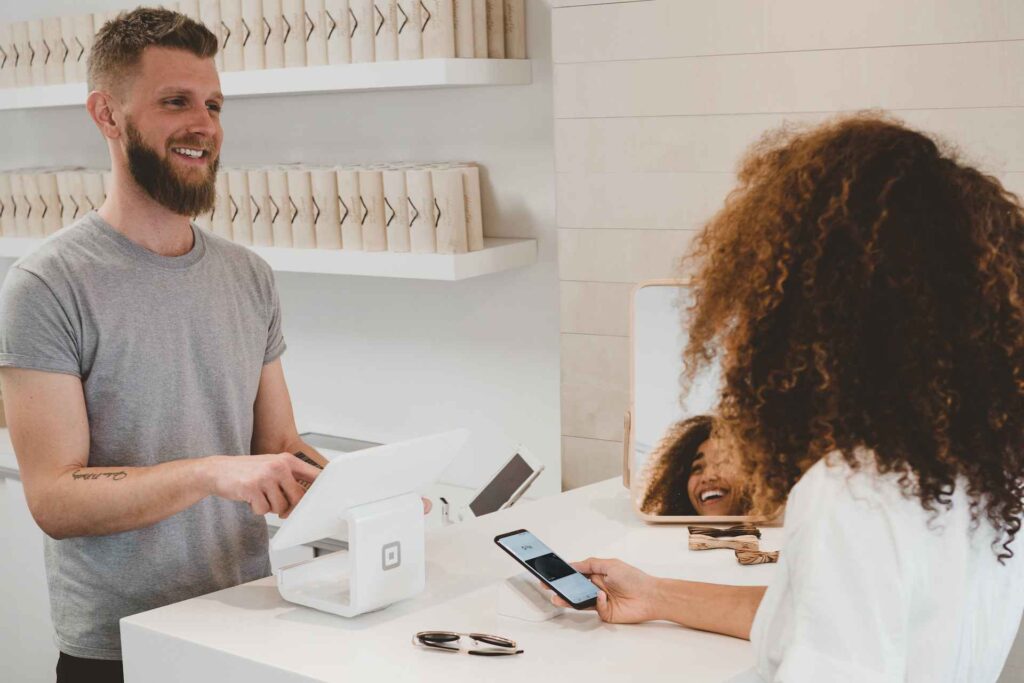Mastering the Marketing Funnel: How To Turn Leads into Customers


In 2021, social media users grew to 4.26 billion, which forecasters predict will increase to roughly 6 billion by 2027. The numbers highlight the importance of social media for marketers who want to improve their lead-generation strategies.
However, capturing leads is only the first step to increasing your paying customers. Brands will need an effective strategy to convert their leads into buyers, which can be easier said than done. This process requires a clear understanding of the customer journey and the marketing funnel.
|
Key Takeaways
|
What is a marketing funnel?
A marketing funnel visualizes a brand’s customer journey, from brand awareness to the buying stage. This visualization maps routes to conversion and beyond.
Also called the conversion funnel, it lets you know what your brand must do to encourage consumers at specific stages of their buying journey. By evaluating your company’s marketing funnels, you can drive more loyalty, greater sales, and stronger brand awareness.
Marketers began using the sales funnel to easily categorize significant actions or milestones along the buying journey, from awareness to decision, then loyalty. However, today’s journey to purchase is far more complicated than the first time advertisers used the marketing funnel.
Now, only a few customer journeys will mirror the funnel exactly, and the path to purchase is not always linear. In response, marketers began using a more comprehensive approach to their marketing efforts. They rely on full-funnel marketing, which aims to reach shoppers at every stage of the buying process.
The shape of the funnel corresponds with the idea that early on in a shopping journey, advertisers cast a wide net to get the attention of as many leads as possible. Then they nurture the captured leads through each stage of the funnel.
The target audience narrows as you move toward the bottom of the funnel. At the bottom, you have the people most likely to convert and even become loyal customers.
Ideally, the funnel would be a cylinder for marketers, meaning they would convert all their captured leads into buyers and repeat customers. Unfortunately, this is not a reality for brands. However, it is part of a modern marketer’s job to convert as many leads into customers as possible, thus making the funnel more cylindrical.
Importance of marketing funnels
The customer journey is indeed more complex than expressed in the marketing funnel. However, the concept remains essential. However, the concept remains essential.
The path to purchase is anything but linear, and the funnel accounts for buyers entering, exiting, and moving around the funnel. Moreover, their shopping is not limited to a specific geographic area or store.
With your prospect’s ability to shop anywhere, you must think of effective strategies to reach them at all stages of the buying journey.
For example, leads in the consideration phase perform extensive research and comparisons online since they are not limited to buying from a single store.
As a response, businesses adjusted and embraced this non-linear path to purchase by trying to engage with customers in valuable ways across the funnel.
Moreover, the visualization the funnel offers can be crucial for lead generation and nurturing. Companies use campaigns to generate new leads in the awareness and consideration phases. In the decision and loyalty phases, brands rely on campaigns to nurture their captured leads and help convert customers into brand advocates.
Digital marketing and the sales funnel are critical to connecting the dots between content, marketing channels, and tactics. They can drive the most traffic, conversation, attention, and sales.
Marketing funnels can also visualize the customer journey and make it easier for modern brands to follow how their prospects think. They can be solutions that help map out each stage of a client’s decision process, which can help marketers plan the advertising steps they want to take.
Another thing that makes marketing funnels crucial is that they apply to almost any customer interaction. You must have a marketing funnel if you’re going to increase online sales, generate more traffic for your store, or get more clicks as an affiliate. It can be an effective tool to help visualize every stage of connecting with your potential customer.
However, the most significant benefit of using marketing funnels is that they provide measurability. A marketing funnel can show businesses the stage where leads start to lose interest. This advantage can help them improve their campaigns to address these issues.
The Different Stages of the Marketing Funnel
Today, there is still no universally accepted version of the marketing funnel. Modern brands use different funnels with varied stages, including three, four, five, or more phases consumers go through in their shopping journey. In this section, we outline a six-stage marketing funnel to help you understand how the marketing funnel works.
Awareness stage
Brand awareness refers to a customer’s familiarity with a brand, including knowledge of its messaging, tone, name, style, values, and culture. This awareness starts with consumer research and involves attracting buyers and helping them recognize and remember it.
The goal of boosting brand awareness is to keep the brand at the top of the minds of consumers. To help in this effort, brands aim to get in front of consumers where they spend most of their time. Advertisers use the following marketing tactics to boost awareness:
- Television commercials
- Digital advertising
- Audio promotions through podcasts or radio commercials
- Consistent upload of social media posts on Instagram, LinkedIn, or Facebook
- Content marketing
Remember that the primary objective of the awareness stage is to make your prospects think of you when the time comes for them to buy your product or service.
Interest stage
After becoming aware of a brand, a lead moves on to the next stage. At the interest stage, they discover more about the brand, its offerings, product pricing, and any helpful information that the lead must know before they make a purchase.
This stage allows brands to create relationships with the people in their database and introduce their positioning. Advertisers can nurture qualified leads through email marketing and targeted content, which can help inform leads about the company.
Consideration stage
At this stage, marketers work to increase the likelihood of consumers considering buying a product from their brand when shopping. They can achieve this feat by sending marketing messages highlighting an interest, addressing a pain point, or answering their target consumers’ questions.
Leads at this stage are trying to get to know a brand and learn how it differs from similar brands. Marketers must do what they can to educate and inform leads in this phase to help them understand how their solution meets their unique needs.
Examples of middle of the funnel (MOFU) solutions include the following:
- Case studies
- Webinars
- Positive customer reviews
- Customer testimonials
Intent stage
Leads must show interest in buying a product to reach the intent stage. They can show their intent through a survey, watching a product demo, or placing products in a shopping cart for e-commerce businesses.
The intent stage allows advertisers to make a strong case for why their product is the best choice for a prospective buyer. They can also use a retargeting tactic at this stage for leads that still need to proceed to the next stage of the funnel.
Evaluation stage
At this stage, buyers are about to decide whether to spend their money on a brand’s product or services. Marketing and sales teams work closely together to nurture leads in the decision-making process and convince the prospect that their brand’s product is the best choice.
Purchase stage
The purchase stage is the last stage at the bottom of the funnel (BOFU). When a lead reaches this stage, they decide to buy, and the marketer successfully converts them into customers.
The sales team takes over and facilitates the purchase transaction. Remember that a positive customer experience for the buyer can lead to referrals that fuel the top of the funnel (TOFU).
Tips and Tricks To Get Your Leads in Your Marketing Funnel

Now that you understand how the marketing or sales funnel works, you must be able to apply it to your marketing campaigns. This section will outline the essential tips to help marketers get better results from their organic marketing strategy.
Use tags to consolidate website pages
You may discover several pages featuring similar content when you perform a site audit. If your website has different pages with the same content, try consolidating them using canonical tags or redirects.
Remember that multiple web pages featuring the same content can cannibalize your traffic on search engine results pages (SERPs). You must redirect low-performing pages to a page on your website containing information related to the original content.
Adding a canonical tag can be the best solution if your site has duplicate content. This way, you can keep the copy, but you can tell search engines to prioritize the core page when ranking your site. When choosing a tag, use relevant keywords your audience will look up on search engines.
However, you must be careful when deciding to canonicalize or redirect pages. Remember that these are delicate decisions, and you must only make them when you think it’s necessary.
Listen to customers
Remember that you can only persuade prospective customers to buy from you if you understand their pain points, wants, and needs.
If you want to move leads faster to the bottom of the funnel, ask customers what is on their minds. Do your best to invite feedback when possible and create multiple contact points, such as online surveys, emails, your website, and your social media pages.
You can also involve your customers in your marketing design process by asking them to contribute their ideas. For example, you can use an online feedback form to encourage them to share their buyer story and ask the following questions:
- How did you hear of our company?
- What actions did you take to learn more about our product or service?
- What influenced your decision to buy or sign up?
Another way to get customer feedback is to send an open email requesting help. Doing so lets your existing customers advise on improving transactions or product modifications.
You can also hold a trial and invite new customers to assess your inbound marketing funnel. This strategy helps you learn if your design was helpful to your buyers.
Use CTAs as often as possible
Ensure your pages are specially designed to convert site visitors. Remember that optimizing your content or social media pages to rank in search engines will not be enough if your pages are not optimized to convert visitors.
Remember to aim to maximize conversion opportunities by using well-written CTAs. Produce content relevant to leads in the different marketing funnel stages.
Think of it this way: every page on your main website is a crucial opportunity for conversion. To make the most of them, you should strategically place CTAs so they align with visitor search intent.
CTAs can be exciting as they offer more insight and valuable information for visitors—who you can assume are on your website to learn something new.
Perform a technical SEO audit
The best marketers regularly perform a technical SEO audit. This process helps check for new opportunities that can help boost visibility and for gaps that search engine bots can detect.
Remember that search engine bots need to understand what your site offers online searchers. The bots check the content and evaluate how your site is set up. If your website is unorganized and difficult to index, your landing pages might not rank in the SERPs.
This issue highlights the importance of site setup for SEO. These technical aspects include the following:
- Page speed
- Uniform resource locators (URL) structure
- Extensible markup language (XML) site map
- Pagination
- Site architecture
[pro_tip id=”2321″]
Convert Your Leads Faster With SearchEye
Converting leads into loyal customers can be easier if you visualize the buyer’s journey. By developing a marketing funnel, you can create strategies to help move your leads from one stage to the next.
If you need to increase your conversion rate, check out SearchEye today. Our SEO experts can help boost retention and awareness for your brand through solid link-building strategies and other effective marketing methods.
Using the marketing funnel effectively can help marketers achieve their specific goals. Try SearchEye today and see how our SEO tools can get you the boost you need to rise above the competition.
[faq_post id=”2322″]

